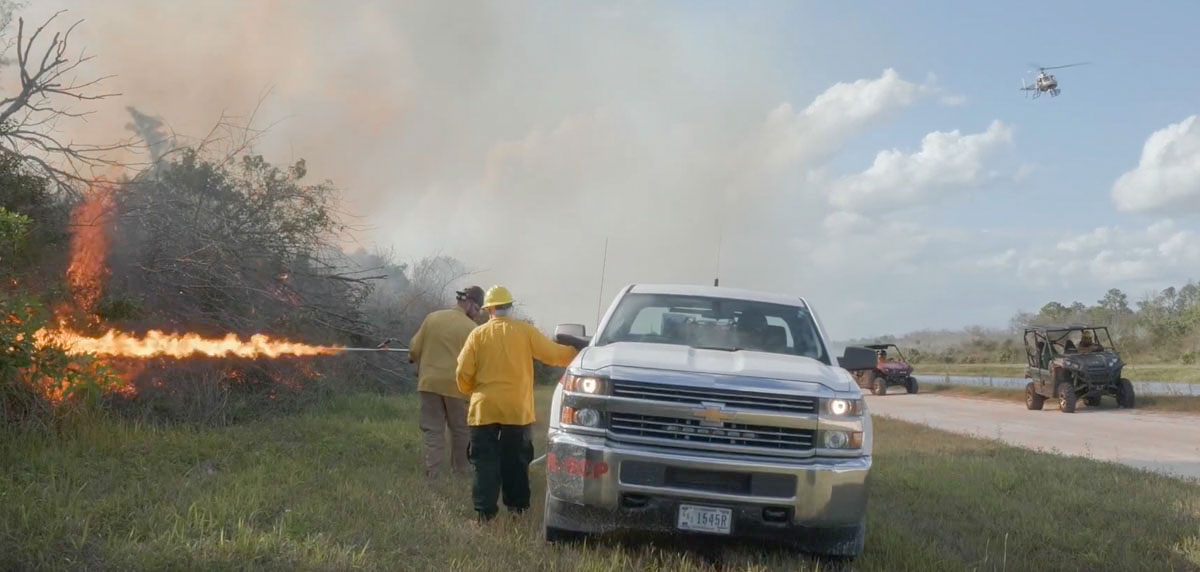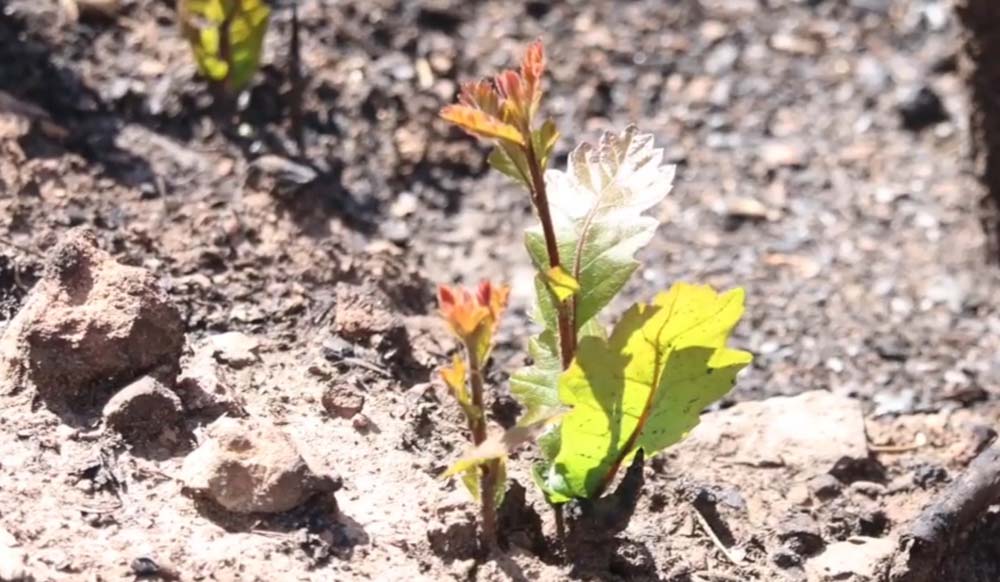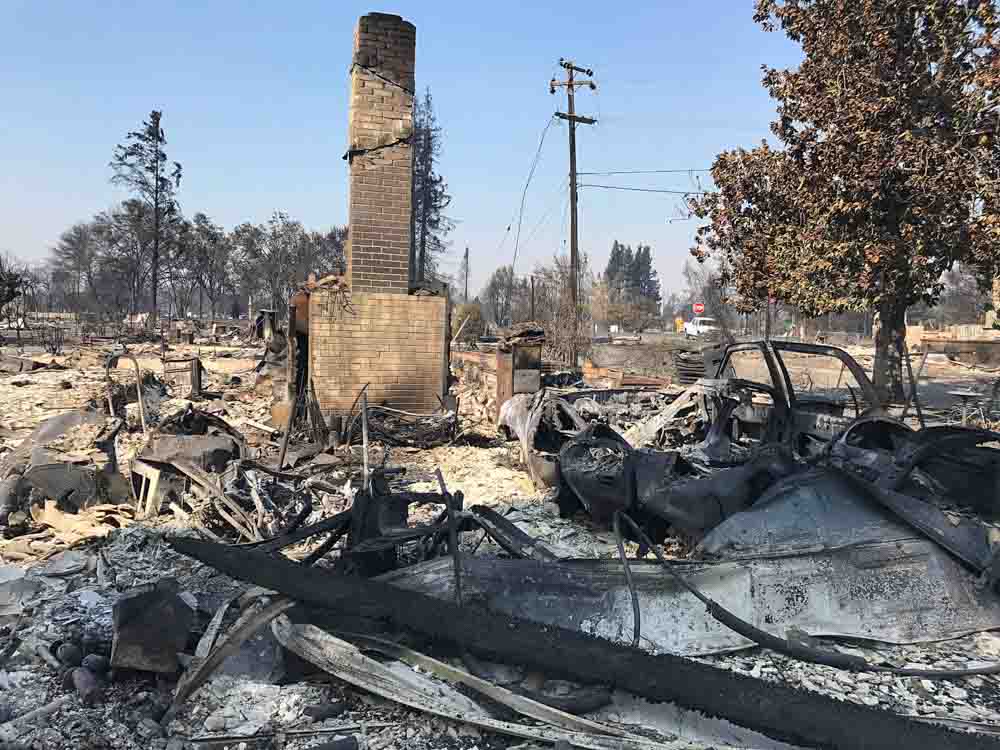As we have said often here at Wildfire Today, we do not get into politics unless it directly affects firefighters or fire management. And there is nothing more political than a presidential election.
However, I ran across an op-ed written by Ken Pimlott, former chief of the California Department of Forestry and Fire Protection, who mentioned that one candidate has a wildfire plan. I do not recall any major candidate saying much about wildland fire, so it got my attention.
To be clear, Wildfire Today is not endorsing any candidates, but in an effort to inform voters we will be happy to write about all substantive written positions related to fire that are taken by presidential candidates as long as they have more than 2 percent in a reliable nationwide poll on the election such as this one at fivethirtyeight.
We have already covered the incumbent’s plan, the proposed budget for next fiscal year.
The candidate Chief Pimlott wrote about is Mike Bloomberg. Below is the text from his “Wildfire Resilience” webpage:
Lead a Nationwide Effort to Strengthen the Nation’s Resilience against Wildfires
Responsibility for preventing and fighting fires crosses multiple jurisdictions and interests — federal, state, local, private and tribal. In the West in particular, multiple landowners can be involved between the point where a fire starts and where it causes the most damage. This kind of large-scale action demands strong leadership and coordination. To ensure our country is protected from future harm and is equipped to mitigate future damages, Mike knows that it’s up to the federal government, as the majority landowner of forests in the West, to take the lead. Mike’s plan will:
- Make fire resilience a top priority of the U.S. Forest Service, as well as other federal land management agencies. Task the agency with coordinating the development of a far-reaching new plan for firefighting and fire prevention for each Western state.
- Increase collaboration among all levels of government, and public and private sectors. The Forest Service will work with other federal partners, local communities, state and local agencies, tribal leaders, environmental groups, private timber companies, rural land owners, utilities and the insurance industry to develop region- or state-specific plans with the goal of reducing life and property loss by half within four years.
- Improve community resilience and prevent redlining by the insurance industry. Collaborative fire protection plans will include measures to reduce risk to communities and property, minimize damages in case of fire, and thereby improve the chances of getting or maintaining insurance, so that current homeowners who don’t have alternatives aren’t left without the ability to insure for disasters.
Continue reading “Fire management and the presidential election”





